Q&A: Ned Breslin on Rethinking Hydro-Philanthropy in Water Aid
Welcome to Circle of Blue Radio’s Series 5 in 15, where we’re asking global thought leaders five questions in 15 minutes, more or less. These are experts working in journalism, science, communication, design and water. I’m J. Carl Ganter, today’s program is underwritten by Traverse Internet Law: tech savvy lawyers, representing internet and technology companies.
There’s often a major disconnect between good intentions and long-term positive change, especially in an era of turmoil, where philanthropy can sometimes do more harm than good. This is particularly true in water, where well-intentioned individuals, agencies and even community church groups have rallied around the need to provide safe drinking water to communities in the developing world. But the simple act of drilling a water well can save lives today, what happens tomorrow when the well stops working and the donors have long gone away? Our guest today, Ned Breslin, likes to challenge the status quo, even turning a critical lens on his own organization, Water for People. His recent paper, Hydro-Philanthropy, asks the tough questions about long held assumptions about foreign aid around water. He lays out a plan to re-engineer how we think about and how we fund life-saving water projects around the world.
The metrics that drive this sector are, in many ways, the causes of some of the problems in the sector. It’s very short term. It’s very short focused, looking at what happened last year, [and] not thinking long term. It came about frankly from working the sector for so long. I was first introduced to water and sanitation issues when I worked in northern Kenya 1987, and I spent most of my time working in water and sanitation on project rehabilitations–going back and fixing projects that have failed in the past. The ideas in Hydro-Philanthropy are ones that have really emerged from 20 plus years of field experience, and a realization that the sector has the capacity. It has really great people who want to change things, but we need to have a much more honest debate about what’s going wrong and not just fall back on standard 2.6 billion people don’t have sanitation arguments which don’t move the sector, I don’t think.
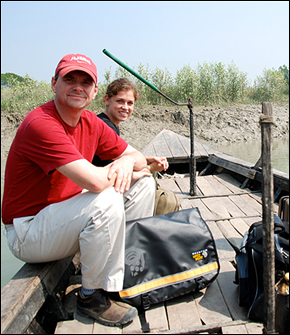
The problem they had was they spent an enormous amount of time fetching water. I was particularly horrified because a group came in and improved their water system and came for the ribbon cutting ceremony. [They] cut the ribbons [and] took lots of pictures. Within a year that system had broken, and Anita and Ophelia were back in the unprotected sources they thought they had long abandoned. [But] they ended up being the beneficiaries of three different organizations. Three organizations came in and either installed the first system or rehabilitated it–and all of them claimed them as beneficiaries–but the system kept breaking. The end of the story is that the system finally got worked out properly. A group came in and financed and worked out the tariff policy much more effectively, and developed the different operations and maintenance scheme. So, the system ran for a while, [but] Anita didn’t make it. She ended up missing so much school fetching water that she’s basically illiterate and she will not be a teacher. She’s now moved into the kind of underground Shabeen world, which is kind of a home brew liquor world of Lichinga, so she will not be a teacher. Ophelia is about ready to go to college. We’re hopeful that she’ll someday be a doctor–that would be great. That story [of] these kind of older sisters to my two daughters has always been a very powerful influence on me.
A bad day is when you’ve worked with a community for a very long time to set up a project—and you’ve got government finances involved and community finances involved and all that—and then some other organization comes in on the side and does a very quick project and kind of changes everything what was being planned. A bad day is when a committee disintegrates because of conflict in the village. A bad day is when a local government decides that they’re not going to finance water and sanitation anymore; they’re going to put it all into roads.
I think there is definitely a bigger push within the philanthropic world for more honest reporting, and a more accountable way to hold people responsible for results over time. I think this view of longer term results is really catching on. Part of the point of the Hydro-Philanthropy paper was to say to philanthropists, ‘Ask hard questions. You guys are all smart people who have decided to be philanthropists for all the right reasons, but make sure you’re investments are impactful and not just impactful right away.’
Read Hydro-Philanthropy(Adobe PDF).
Our theme is composed by Nadev Kahn, and Circle of Blue Radio is underwritten by Traverse Legal, PLC, internet attorneys specializing in trademark infringement litigation, copyright infringement litigation, patent litigation and patent prosecution. Join us gain for Circle of Blue Radio’s 5 in 15. I’m J. Carl Ganter.
Circle of Blue provides relevant, reliable, and actionable on-the-ground information about the world’s resource crises.


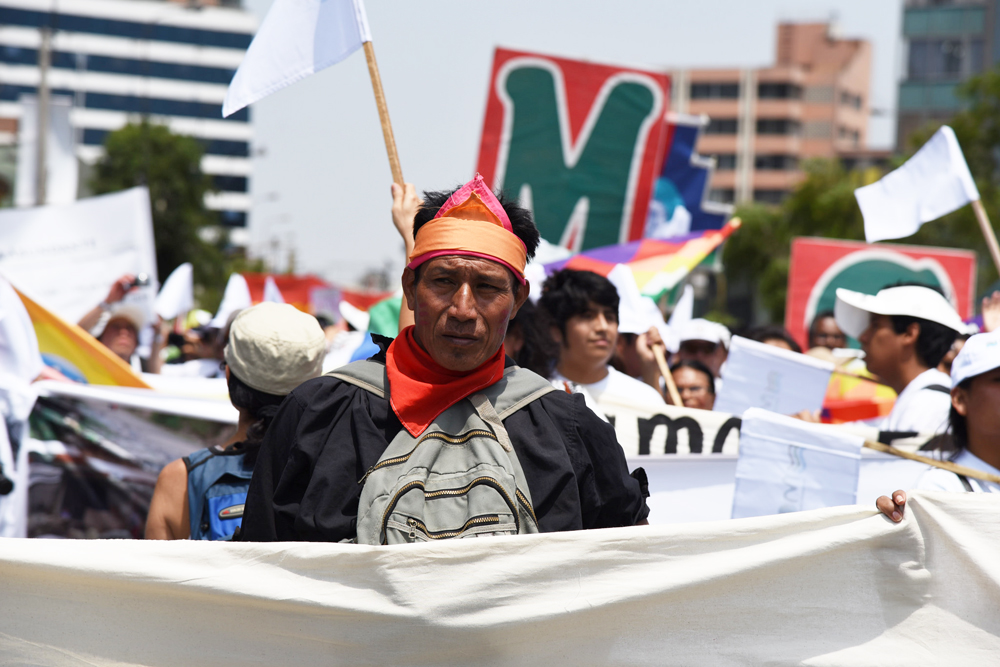

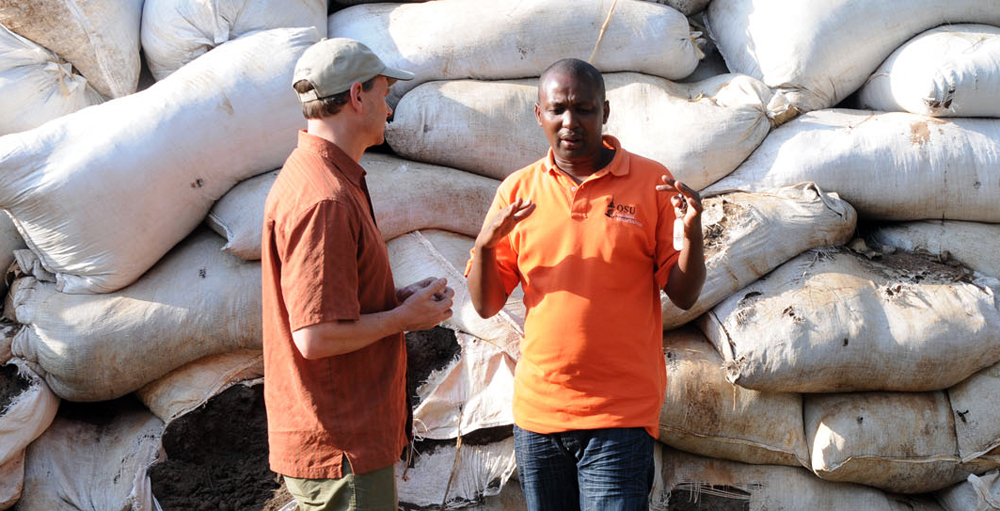
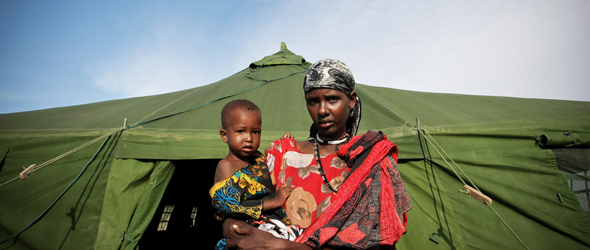
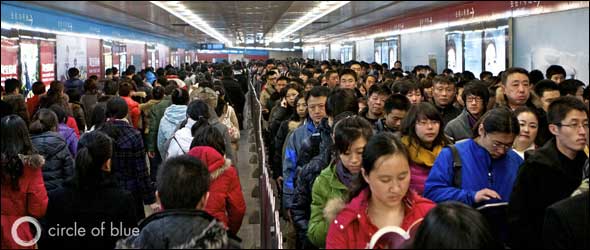


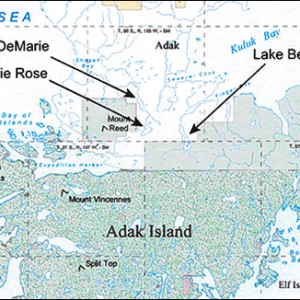

Leave a Reply
Want to join the discussion?Feel free to contribute!